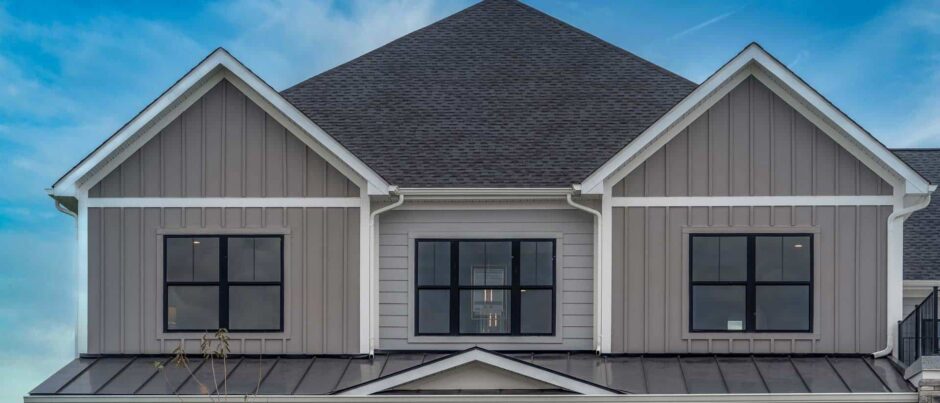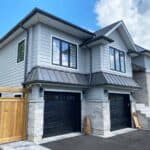A Guide to Home Siding
The outside of your home is the first thing people notice when they approach it, and siding plays a vital role in creating your home’s overall look and feel (curb appeal). Siding is the outermost covering of your home that protects it from the weather while also adding beauty. Choosing the appropriate siding material is an important decision that can affect your home’s longevity, maintenance, and overall value. This quick guide will look at the numerous types of home siding available, their benefits and drawbacks, and how to choose the best option for your needs.
Home Siding Styles
1. Vinyl Siding
Because of its affordability, durability, and low-maintenance requirements, vinyl siding is the most popular choice among homeowners. It is made of PVC plastic and comes in various colours and styles, such as shakes, shingles, and panels. Vinyl siding is resistant to moisture, fire, and pests, making it an excellent alternative for people seeking a long-lasting solution.
Pros:
• Low cost • Durability • Low upkeep
• A variety of colours and styles are available.
• Water, fire, and pest resistance
Cons:
• May fade over time • Is susceptible to severe winds and impacts • Has limited insulating properties
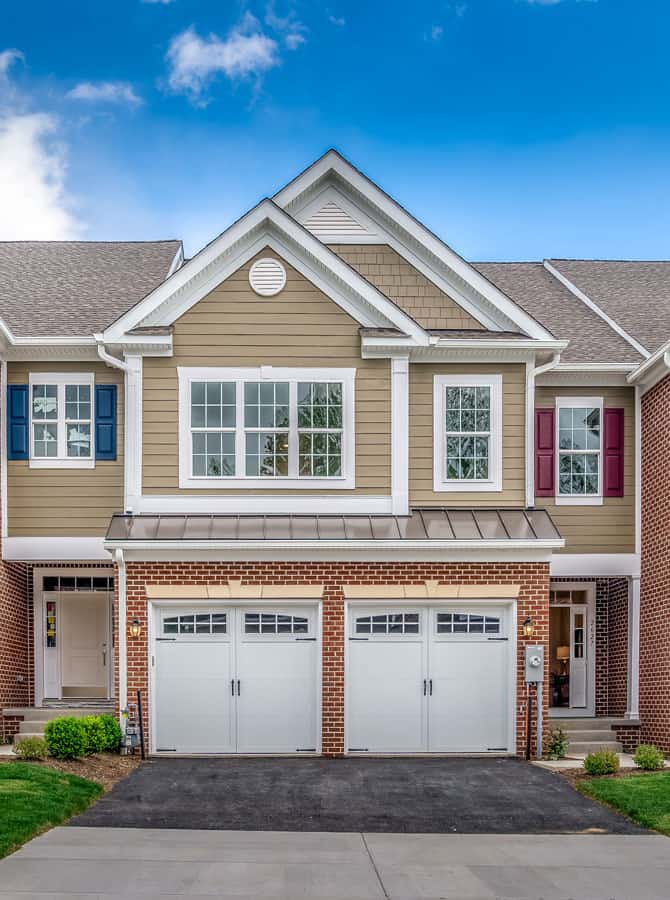
2. Wood Siding
Wood siding is a timeless option that adds natural beauty and a warm, inviting atmosphere to your home. It comes in various styles, including shingles, shakes, and boards, and can be treated with different stain colours and paints. When using wood siding requires more maintenance than most other sidings, such as painting or staining.
Pros:
• Natural beauty
• A welcoming atmosphere • A variety of styles and finishes are available
• Excellent insulating properties
Cons:
• Requires frequent maintenance • Is vulnerable to dampness, fire, and pests
• Susceptible to warping, cracking and splitting
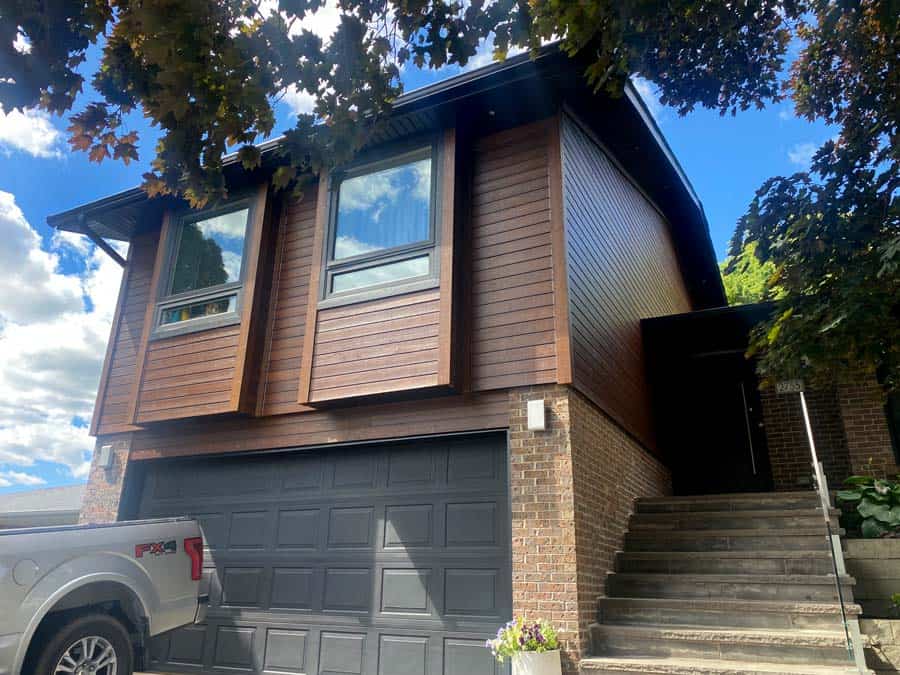
3. Fibre Cement Siding
Fibre cement siding is a long-lasting, sturdy choice consisting of Portland cement, sand, and cellulose fibres. It comes in various forms and finishes, such as shingles, panels, and boards, and it is resistant to moisture, fire, and pests. Fibre cement siding takes less upkeep, making it an excellent alternative for individuals seeking a low-maintenance option.
Pros:
• Long-lasting and durable • Available in a variety of styles and finishes
• Water, fire, and pest resistance
• Excellent insulating properties
• Requires little upkeep
Cons:
• More expensive than vinyl siding • Heavy and challenging to install
• Not as versatile as vinyl or wood siding
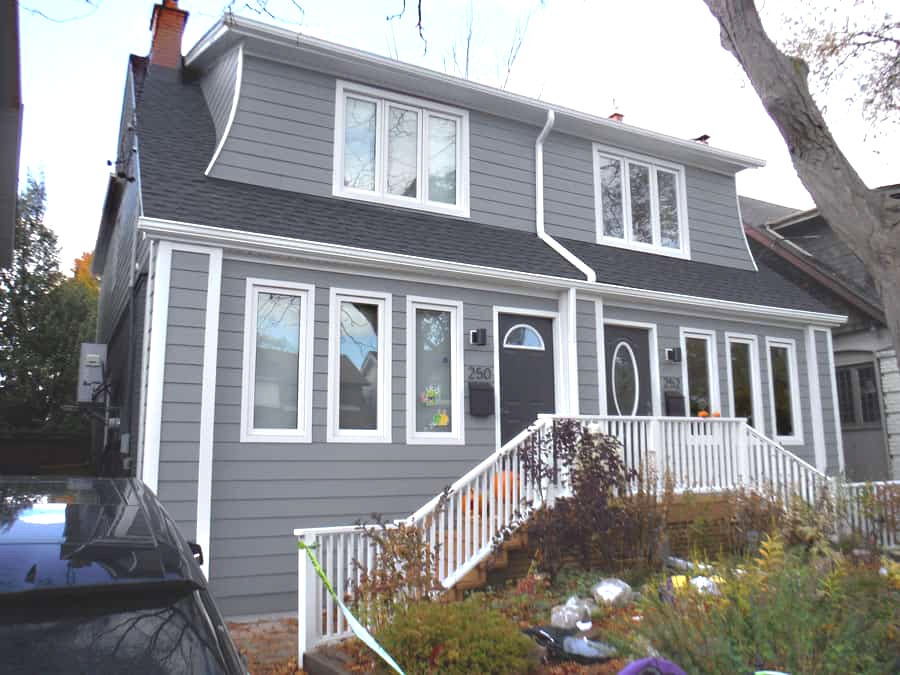
4. Aluminium Siding
Aluminium siding is a low-maintenance choice that is lightweight, robust, and fire-resistant. Because it comes painted in the colour of your choice, you can repaint it any colour when the time comes. This includes panels, shingles, and boards that can be coated with fade-resistant paint. Aluminium siding is also a good alternative for individuals looking for a more environmentally friendly solution because it is recyclable.
Pros:
• Low maintenance
• Lightweight and durable
• Resistant to moisture and fire
• You can paint it any colour you want
• Recyclable
Cons:
• It is easily dented and scratched;
• It is not as energy efficient as other options
• It is not as flexible as vinyl or wood siding.
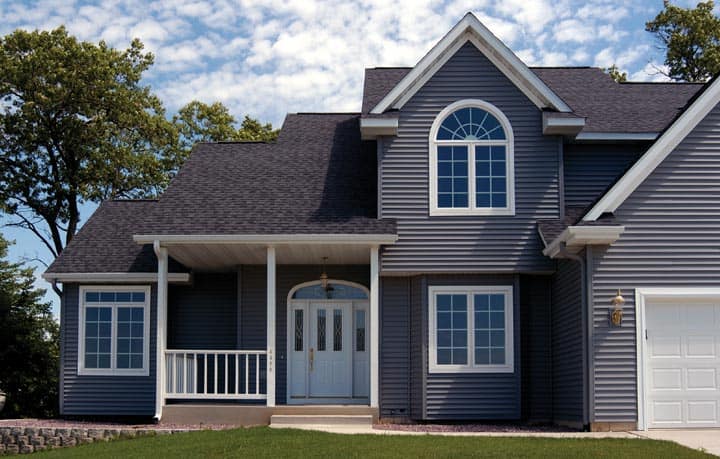
Easy Steps for Choosing the Best Siding for Your Home
1. Climate: Consider your area’s climate and how it may affect your siding. If you reside in a location prone to high winds or frequent storms, you should consider using a sturdy, impact-resistant material. Consider a moisture-resistant material if you live in a humid climate.
2. Budget: Because home siding will be a sizeable investment, it’s critical to establish a budget and select a material that falls within it. To guarantee you choose the most cost-effective decision, consider the long-term costs of each material, including maintenance, replacement costs and how it affects the value of your home.
3. Aesthetics: The siding of your home should complement the style and design of your home. Choose a material and style that compliments the surrounding area and enhances your property’s overall look and feel.
4. Maintenance: Consider each material’s maintenance requirements and select a material that falls within your maintenance budget and timetable. Some materials, such as wood siding, require routine maintenance, whilst others, such as vinyl siding, do not.
5. Energy Efficiency: Consider the insulating properties of each material and select one that will help you save money on energy. Some materials, such as fibre cement siding, are better insulated than others, keeping your home cooler during the hot summer months and warm in the winter.
6. Durability: Consider the durability of each material and select one that will survive the elements and last for many years. Materials like fibre cement and vinyl siding are noted for their durability. However, aluminium siding is more prone to dents and scratches.
Finally, selecting the suitable siding material for your home necessitates careful consideration of various variables. You can choose a material that matches your demands and improves the look and feel of your home by considering your climate, budget, aesthetics, upkeep, energy efficiency, durability and Your Return on Investment (ROI).



